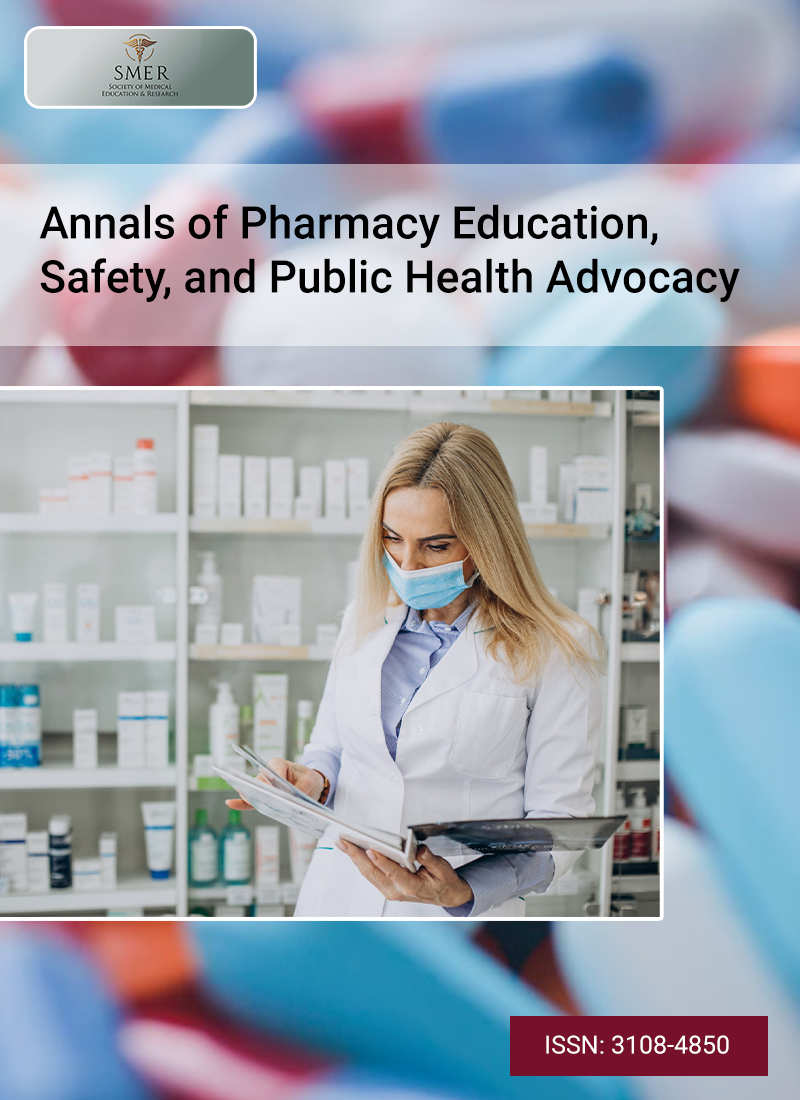
The COVID-19 pandemic originated in Wuhan, China, and was initially identified as a case of unexplained pneumonia in December 2019. Its transmission rapidly increased worldwide. The World Health Organization (WHO) officially named it COVID-19 on 11 February 2020. As of 5 June 2020, Pakistan had recorded 87,113 confirmed cases of COVID-19. This study aimed to analyze the perceptions, myths, and realities surrounding COVID-19 among medical students in rural Sindh, Pakistan, to provide credible knowledge and promote better public health practices. A cross-sectional descriptive study was conducted with 196 students from SMBBMU using a self-designed online questionnaire, reviewed by epidemiologists. The questionnaire was based on the WHO’s “Coronavirus disease advice for the public: myth busters” and included socio-demographic details along with 24 true/false questions to assess myths and knowledge about COVID-19. Of the participants, 100 were female, 96 were male, with a mean age of 22.40 ± 4.97 years, and 168 (85.7%) were unmarried. The largest group of participants was first-year students (n = 82; 41.8%), while social media emerged as the most common source of information (n = 118; 60.2%). Overall, 77.21% of the students were aware of the myths and facts surrounding COVID-19. Data analysis was performed using SPSS 24 and showed that the students had significant knowledge about the myths and realities of COVID-19. Public health professionals must disseminate such knowledge nationwide using social media and other accessible platforms.